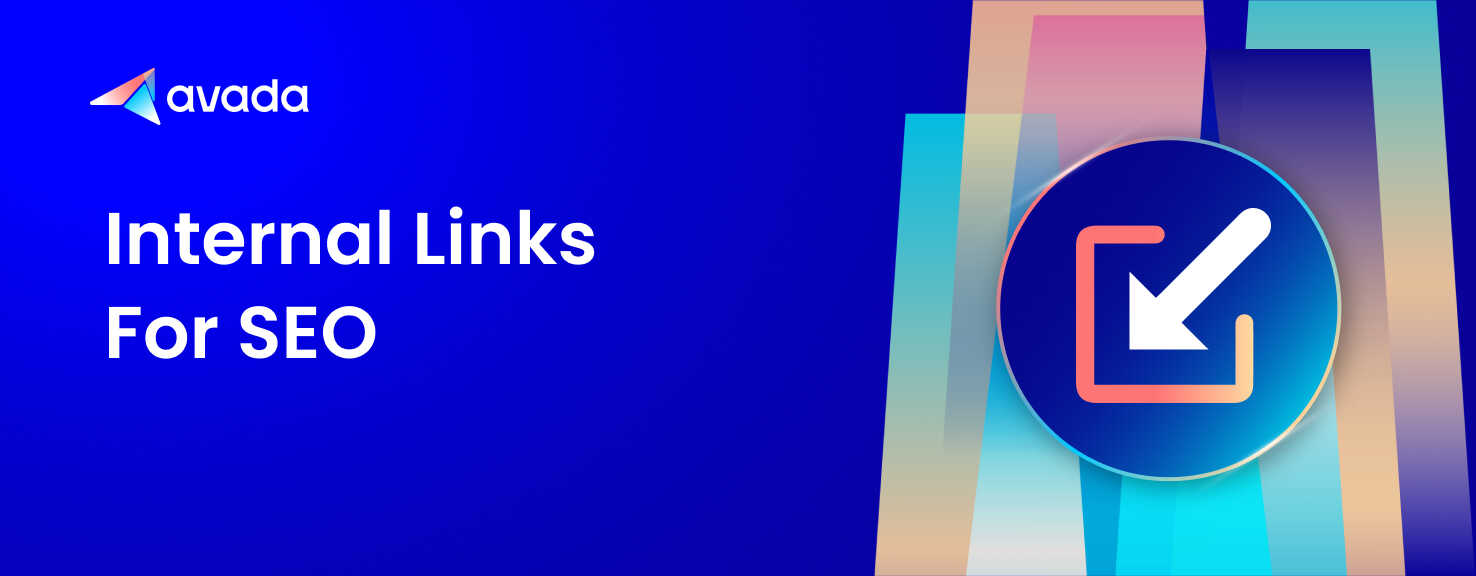Internal Links for SEO: What Are They and How Should You Use Them?

SUMMARY
- 🌐 Internal links are hyperlinks connecting pages within a website, improving structure, user experience, and SEO performance.
- 🤖 Internal links enhance crawlability and indexation, making it easier for search engines to find and index website content.
- ⚖️ Page authority is positively affected by internal links, distributing link equity and potentially boosting search rankings.
- 👥 User experience is improved by effective internal linking, leading to longer sessions, lower bounce rates, and higher engagement.
- 📝 Descriptive anchor text and linking to related content enhance both search engine understanding and user experience.
- 📚 Implementing a hierarchical site structure and deep linking can improve website navigation and search engine indexing.
- 🛠️ Regularly monitoring and updating internal links is crucial for maintaining relevance, functionality, and alignment with website goals.
Conclude: Internal links are essential for boosting a website’s SEO performance by improving crawlability, indexation, page authority, and user experience.
Introduction: The Importance of Internal Links in SEO
We all know that search engine optimization (SEO) is essential to achieving success in the online world. One of the most important but often overlooked aspects of SEO is internal linking. So, what are internal links, and how can they be effectively used to boost your website’s rankings? In this article, we’ll explore the concept of internal links, their benefits, and share some tips on using them to improve your website’s SEO.
What are Internal Links?
Internal links are hyperlinks that connect one page on your website to another. These links create a network of interconnected pages, guiding users and search engine bots through your content. They play a crucial role in your website’s structure and user experience, as well as contributing to your site’s overall SEO performance.
Why Internal Links Matter for SEO
Internal linking impacts SEO in several ways:
-
Crawlability and Indexation: Search engines crawl websites by following links. Internal links create a path for search engine bots to find and index all of your site’s pages. The better the internal linking structure, the more efficiently search engines can crawl and index your content.
-
Page Authority: Internal links help distribute link equity (also known as “link juice”) throughout your site. When a page with high authority links to another page on your site, it passes on some of its authority to the linked page, potentially increasing its ranking in search engine results.
-
User Experience (UX): Well-structured internal linking helps users navigate your site more easily and find the information they’re looking for. This can lead to longer session durations, lower bounce rates, and higher user engagement—all factors that search engines consider when ranking websites.
5 Strategies for Effective Internal Linking
-
Use Descriptive Anchor Text: Anchor text—the clickable text that forms the hyperlink—should be descriptive and relevant to the linked page’s content. This helps search engines understand the context of the link and can improve your site’s relevancy for specific keywords.
-
Link to Related Content: When creating internal links, focus on linking to content that is contextually related to the current page. This enhances the user experience by providing additional information and resources related to the topic at hand.
-
Implement a Hierarchical Site Structure: Organize your website’s content using a logical hierarchy that reflects the relationships between different pages. This makes it easier for both users and search engines to navigate your site and understand its structure.
-
Utilize Deep Linking: Aim to link to deeper, more specific pages within your site, rather than always linking to top-level pages (e.g., your homepage or main category pages). This helps distribute link equity more evenly throughout your site and can boost the rankings of less-prominent pages.
-
Monitor and Update Internal Links: Regularly review and update your internal linking structure to ensure that it remains relevant, functional, and aligned with your site’s overall goals. Broken or outdated links can negatively impact both UX and SEO.
Conclusion: Harness the Power of Internal Links
In conclusion, internal links are a powerful tool that can significantly enhance your website’s SEO performance. By implementing a well-thought-out internal linking strategy, you can improve your site’s crawlability and indexation, increase page authority, and create a better user experience. So, what are you waiting for? Start optimizing your internal linking structure today and unlock your website’s full potential! Remember, as the saying goes, “A chain is only as strong as its weakest link.”
New Posts






